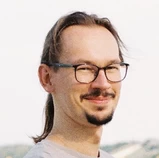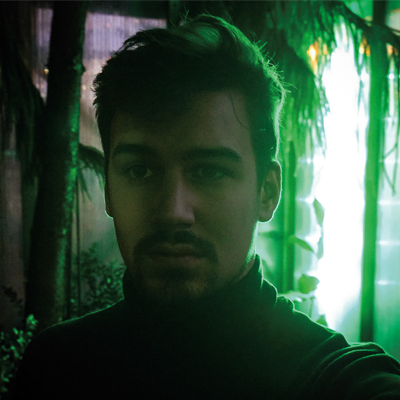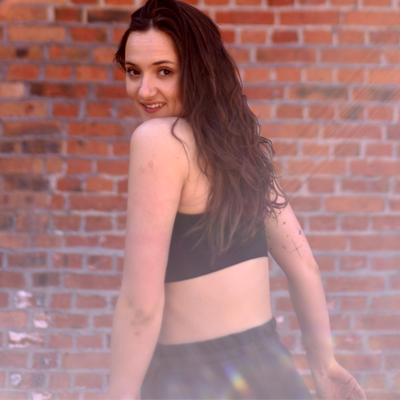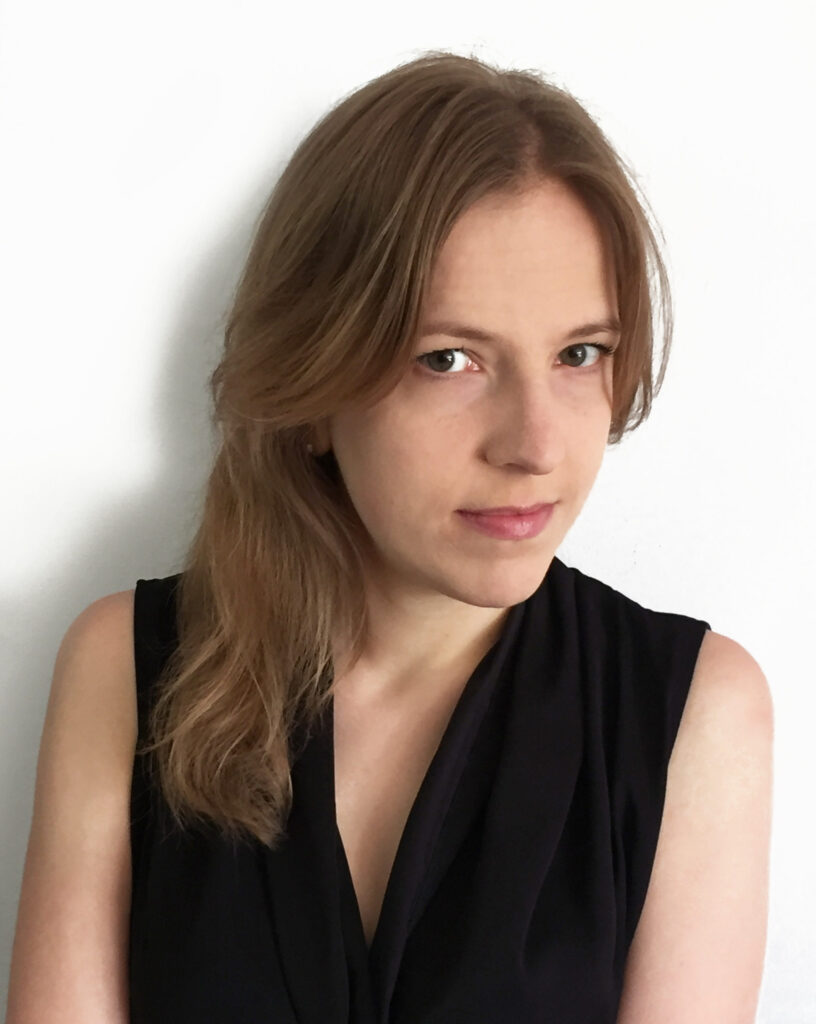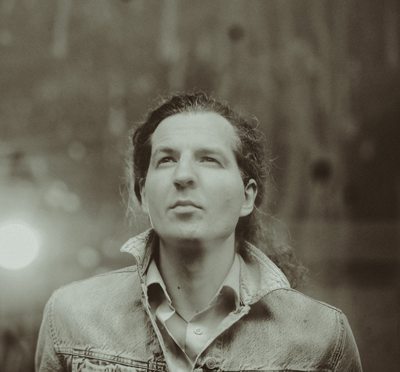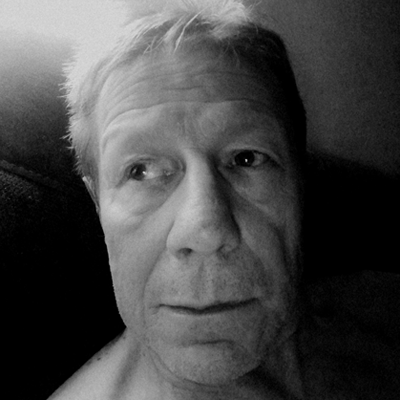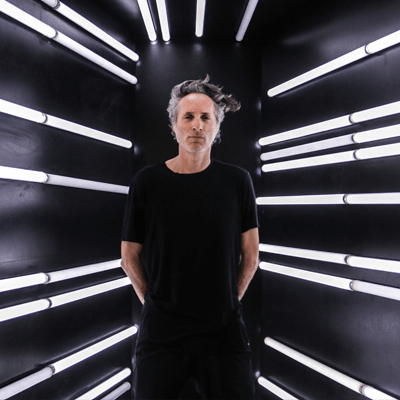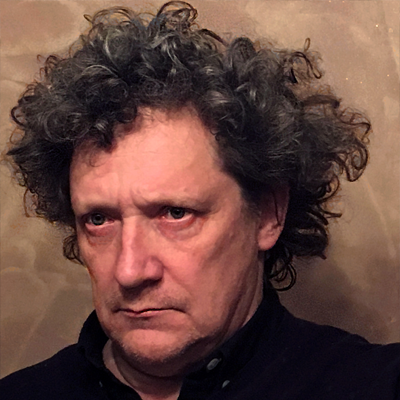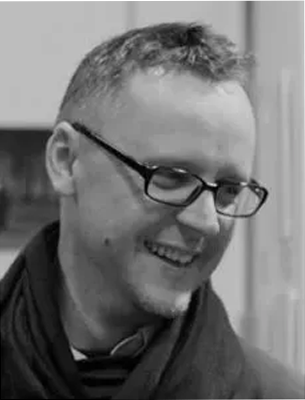Maciej Andrzejczak
Maciej Andrzejczak is a visual artist developing his practice at the interface between the fields of painting and installation. His interests include the relationship between the three-dimensional world (hence the wide sides of the canvas) and the reality of the (flat) screen; the tension between external truth and internal truth, the simulation of the represented world (in painting, media) and the world of everyday experience; relativism. He works in cycles, and it is difficult to confine his works within a single painting style.
